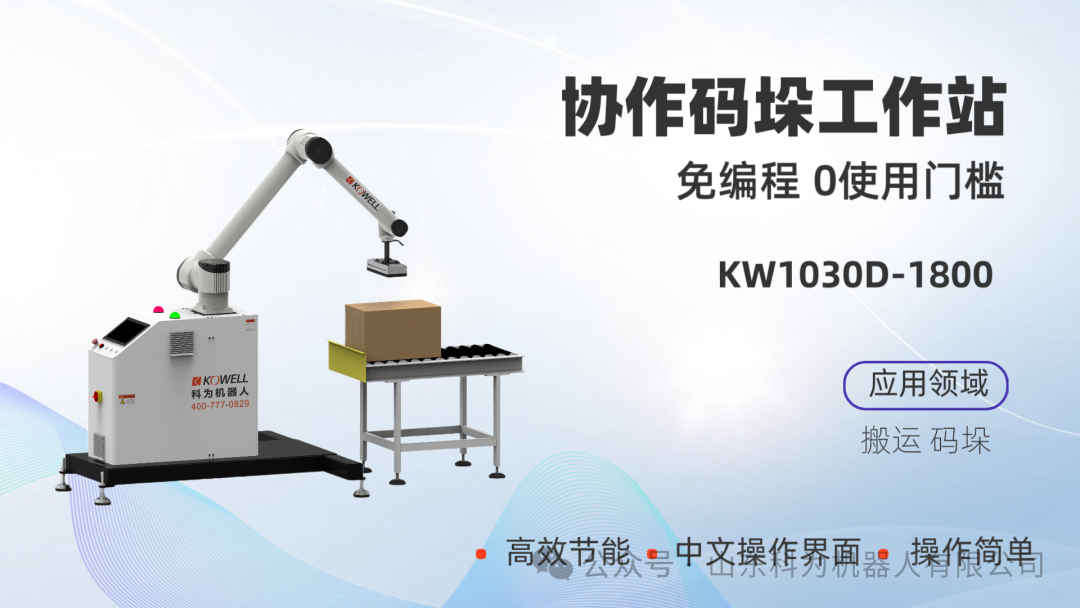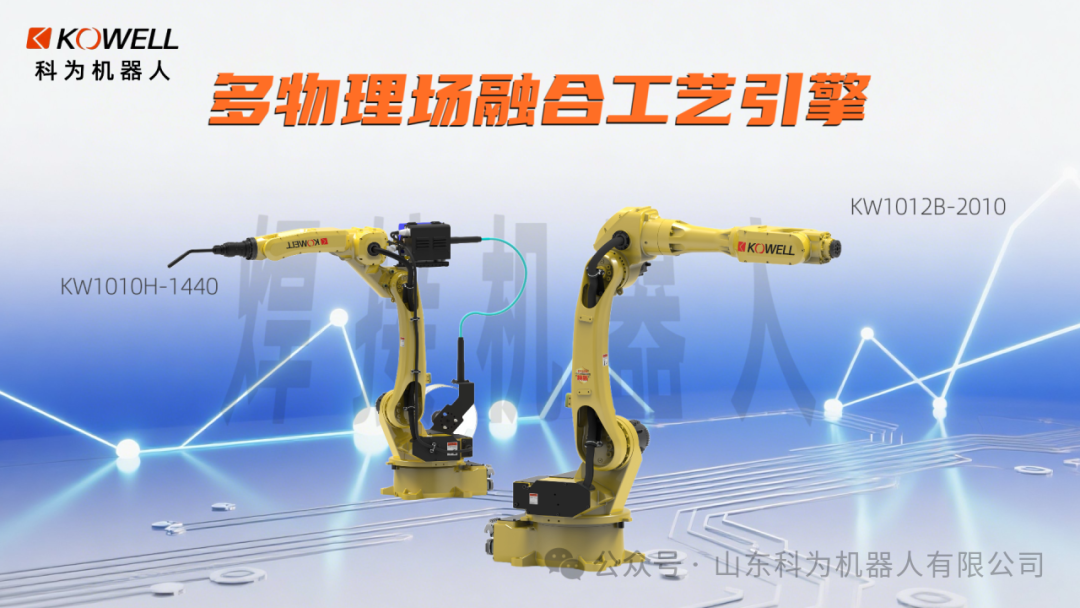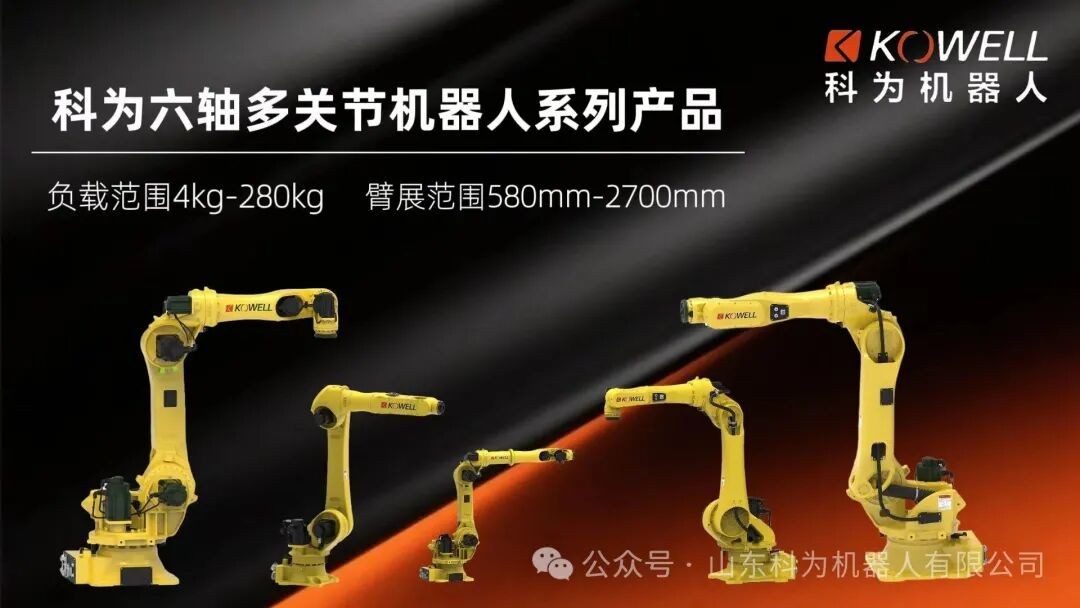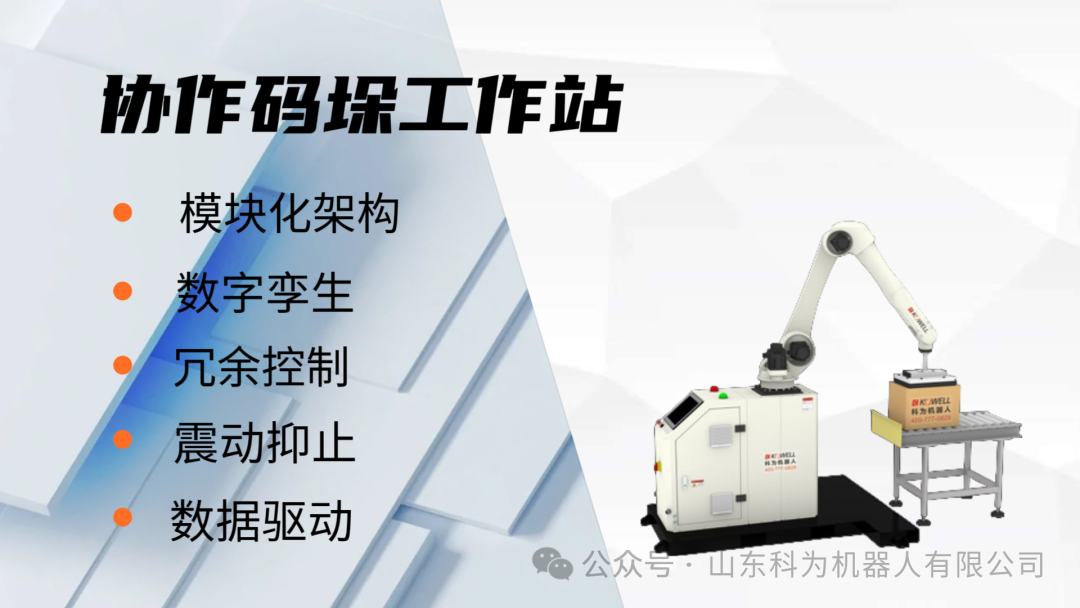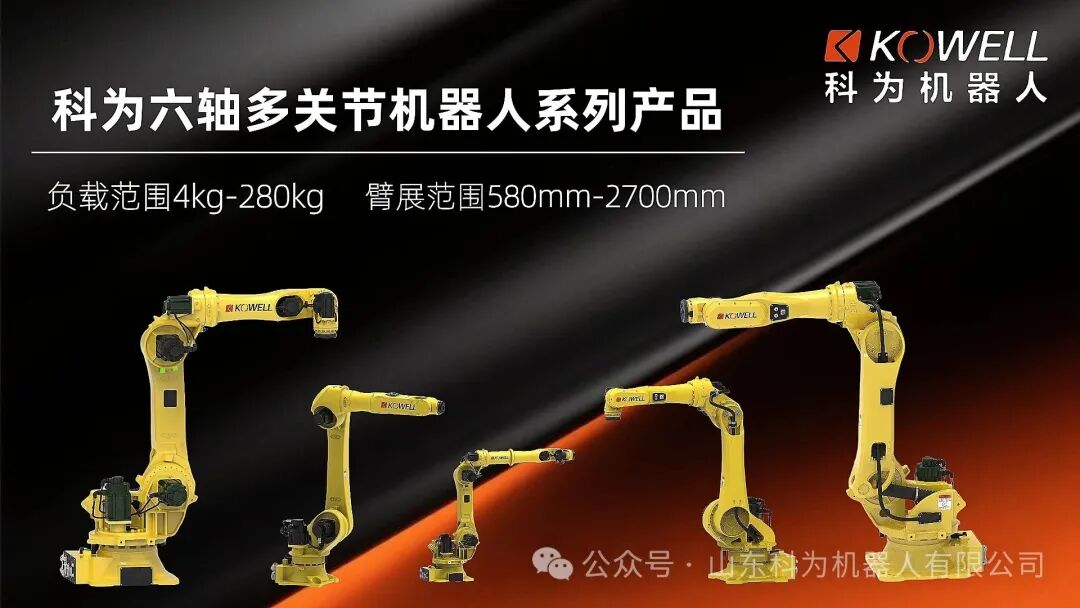In the evolution of manufacturing, the role of robotic handling units is undergoing a profound transformation. No longer simply an action executor, they are increasingly becoming strategic nodes that connect upstream and downstream processes, linking all links in the production process. This shift not only alters companies' perceptions of automated equipment but also opens up new possibilities for the overall reconstruction of manufacturing systems.
1. Analyzing the Development of Robotic Handling Units from Their Beginning in Action Execution
In their early applications, robotic handling units primarily replaced manual labor, performing repetitive tasks such as lifting, stacking, and loading and unloading. Their value lay in "liberating manpower" and reducing labor costs and error rates through consistent and stable operation. During this period, they were viewed more as "tools," and companies' expectations focused primarily on precision and speed.
However, this "execution-level" positioning also limited their potential within larger systems. Simple action execution alone struggled to profoundly impact the operational logic of the entire production chain, serving more as a solution to the question of "whether or not" rather than "how to improve."
2. Transforming its Role as a Process Connector
As manufacturing systems become increasingly complex, the limitations of single-point execution are becoming increasingly apparent. Companies need more than just equipment that completes tasks; they need "process nodes" that can be embedded in the production chain and support process connections.
The key to this transformation lies in the ability of robotic handling units to flexibly handle and distribute tasks between different processes based on production needs. For example, they not only facilitate the transition from production to packaging but also dispatch materials between multiple workstations, achieving seamless integration between links.
This evolution from "point" to "line" has made them indispensable connectors in the production process. They not only complete tasks but also influence the overall rhythm through scheduling and distribution, thereby improving system continuity and stability. For companies, this means reducing waiting times in intermediate links and shortening production cycles.
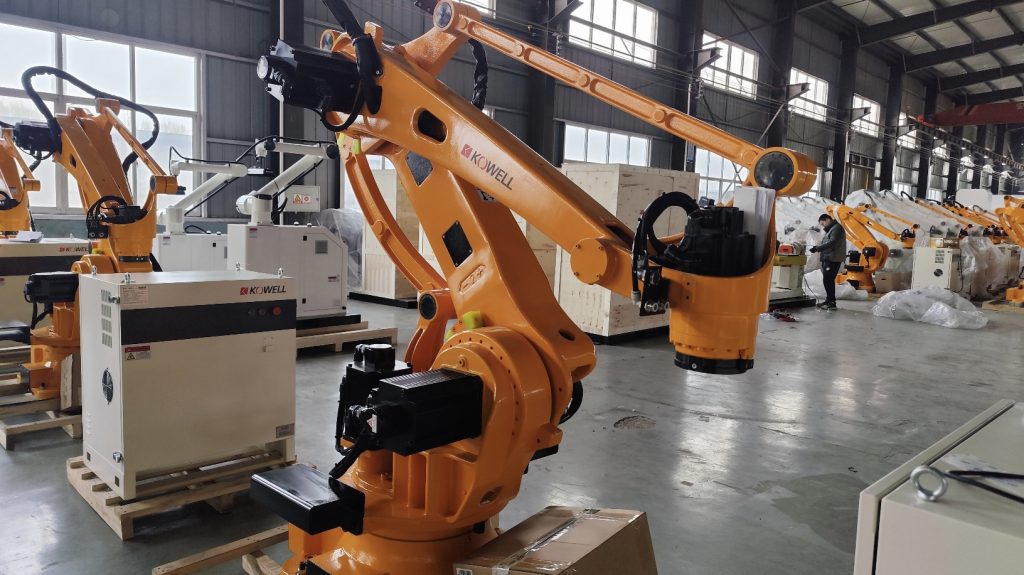
3. Future Trends Toward the Core of Manufacturing Systems
In a deeper evolution, these units are becoming the core of the system. In the future, they will not only be devices that passively perform tasks, but may also integrate with production management systems to assume the functions of data collection, process feedback, and dynamic scheduling. In a digital workshop, robotic handling units can upload real-time data on workpiece flow, provide feedback on material status, and even predict potential bottlenecks in the next stage. This means they are not just physical executors on the production line; they also become part of the data flow. This empowers equipment to exchange information, helping companies achieve a higher level of transparency and flexibility.
This shift in role will make them the interface of the manufacturing system. They can reflect production status in real time, providing decision-making support for managers, and automatically adjust actions according to plans, achieving process adaptability. In other words, they are not just "handlers" but also drivers of manufacturing logic.
4. Dual Implications for Enterprises and Workers
For enterprises, this shift in role means more stable production capacity, more flexible process configuration, and greater ability to respond to market changes. It helps enterprises maintain resilience in environments with fluctuating production capacity and diverse orders, preventing the uncontrollable nature of manual processes from slowing down overall production processes.
For workers, this shift reduces the burden of repetitive labor, freeing up human resources for more creative and managerial tasks. For example, workers can focus on equipment maintenance, process improvement, and process optimization, rather than being constrained by mechanical labor like handling and stacking. This model of human-machine collaboration not only ensures a stable production rhythm but also redistributes the value of human labor.
Notably, robotic handling units are not in opposition to human labor, but rather serve as an extension and complement to human labor. When integrated into the system, workers and equipment can form a mutually supportive relationship, driving the continuous evolution of production organization models.
5. Industry Implications Behind System Upgrades
From a broader perspective, this evolution reflects the overall upgrading logic of the manufacturing industry. Its changing role suggests that improving corporate competitiveness no longer relies on single-point breakthroughs, but rather on system-wide coordination and optimization. Handling, a seemingly fundamental step in production, is becoming a key interface for system optimization.
At the same time, the upgrade of robotic handling units also means closer collaboration between upstream and downstream sectors of the industrial chain. Upstream equipment design will prioritize interface standardization and compatibility, while downstream logistics and warehousing will achieve a higher degree of automated integration due to enhanced capabilities. This collaborative evolution among systems is the decisive factor in the sustainable development of future manufacturing models.
Conclusion
The shift in the role of robotic handling units, from action execution to process reshaping, epitomizes the evolution of manufacturing systems. It's both a result of technological evolution and a reflection of companies' ongoing pursuit of optimized production models. It's foreseeable that as manufacturing systems continue to evolve, robotic handling will no longer simply be an execution tool, but a key variable driving systemic collaboration and reinvention. Its significance lies not only in increasing productivity but also in redefining the logic of future manufacturing.

Kewei Wishes You a Merry Christmas!
2025-12-25
Online Consultation
Hello, the current customer service is offline. You can leave your contact information and the staff will respond to you as soon as possible!


